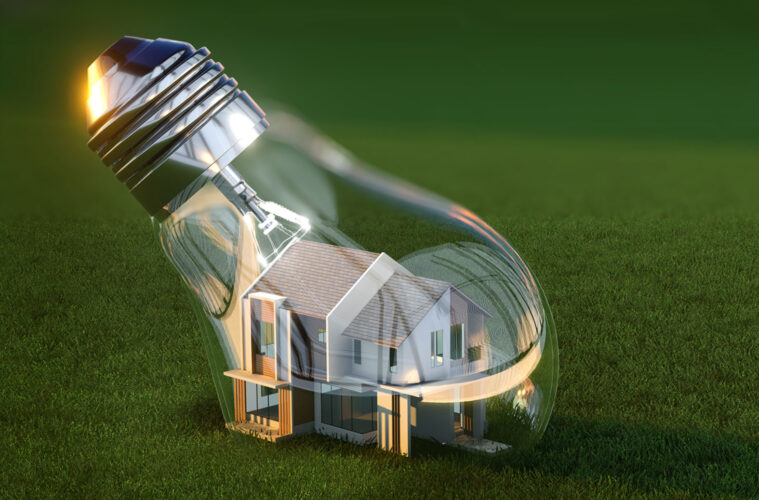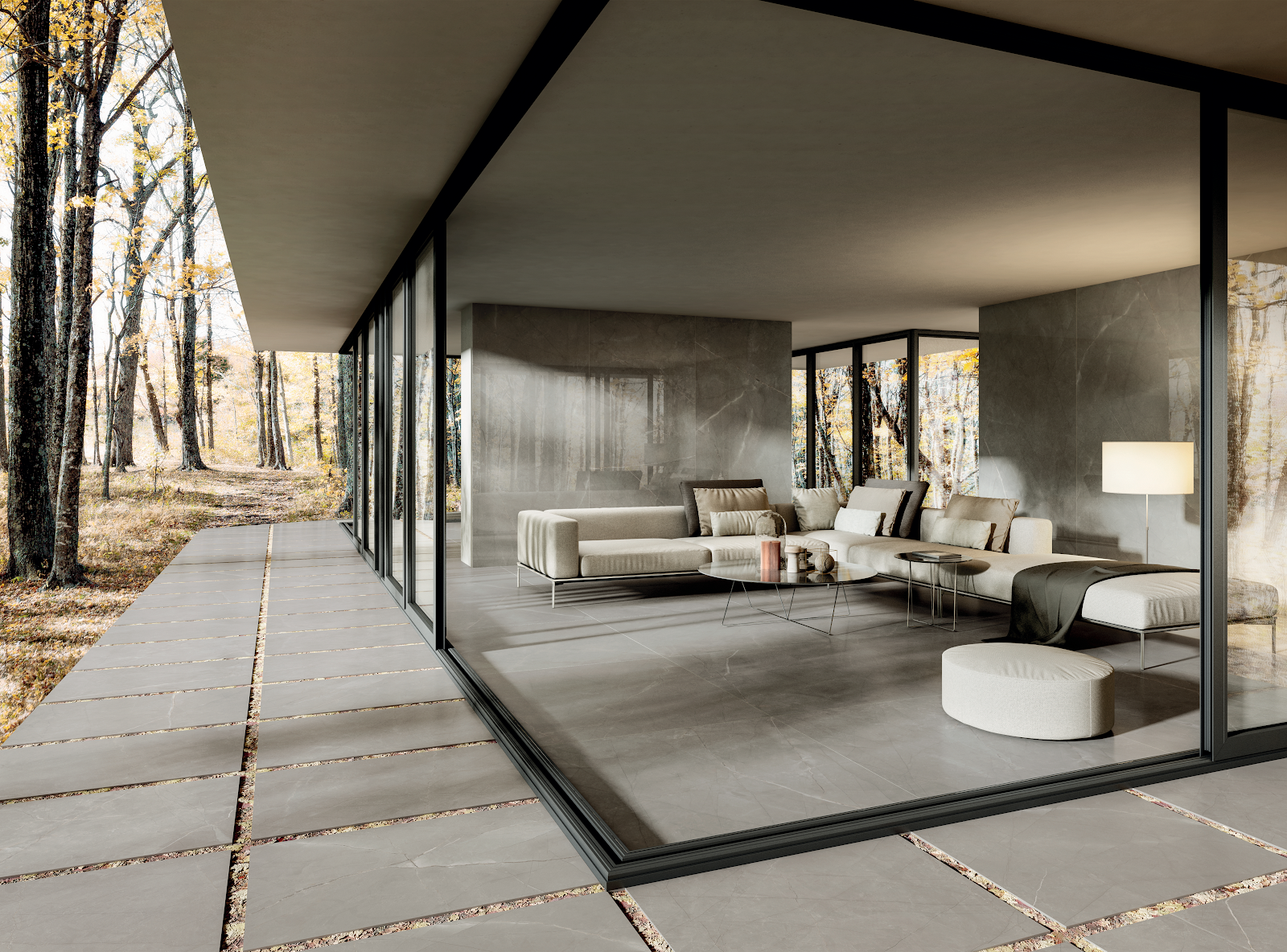In the modern world, where sustainability and cost-efficiency are paramount, designing an energy-efficient home is not just a luxury but a necessity. Energy-efficient homes not only reduce the carbon footprint but also save homeowners significant amounts of money in the long run. This article delves into seven architectural tips that are crucial for creating an energy-efficient home.
1. Consultation with an Energy Solution Provider
Consulting with an energy solution provider is a crucial first step in designing an energy-efficient home. These experts offer tailored advice on cutting-edge technologies and design strategies to optimize energy use. They assess factors like local climate and site specifics, ensuring solutions align with individual needs. This consultation lays the groundwork for a home that is not only eco-friendly but also cost-effective, blending modern technology with sustainable practices. Their expertise is invaluable in navigating the complexities of energy efficiency, making it an essential part of the planning process.
2. Optimal Orientation and Layout
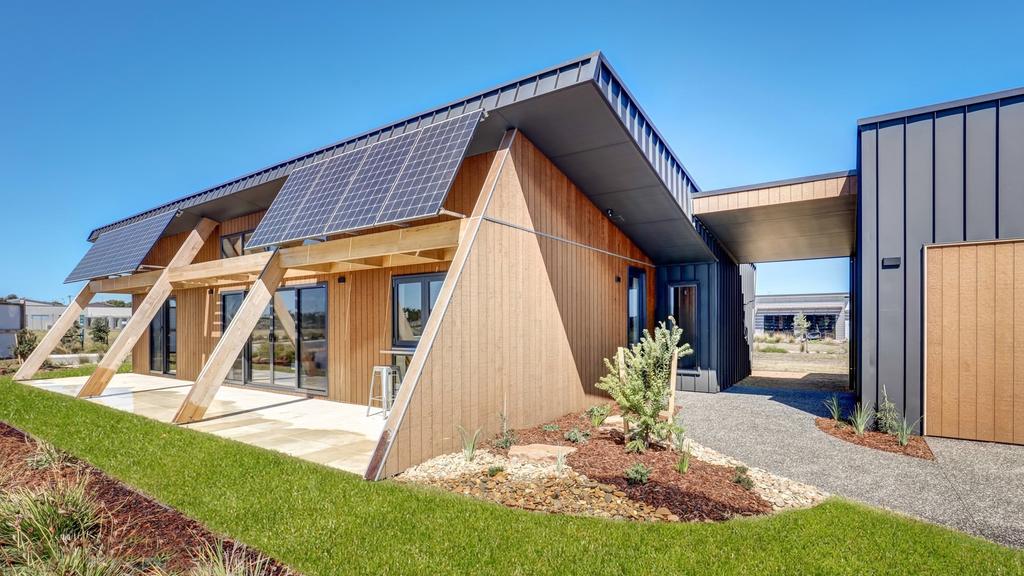
source: pinterest.com
Optimal orientation and layout are pivotal in crafting an energy-efficient home. This approach involves strategically positioning the house to harness natural light and heat, significantly impacting energy consumption. In colder regions, maximizing southern exposure aids in reducing heating costs, while in warmer areas, minimizing sun exposure and enhancing cross-ventilation keeps the home cooler. Thoughtful room placement, considering usage and occupancy times, further optimize energy efficiency. This careful planning not only lowers energy bills but also ensures a comfortable, naturally lit living environment, harmonizing the home with its surrounding environment.
3. Effective Insulation
Effective insulation is a cornerstone of energy-efficient home design, playing a vital role in temperature regulation. It acts as a barrier, keeping warmth in during winter and heat out during summer, thus reducing reliance on heating and cooling systems. Insulation should encompass walls, roofs, floors, windows, and doors, with materials and R-values chosen based on the local climate and specific home requirements. Proper insulation not only cuts energy costs but also enhances indoor comfort and reduces environmental impact. It’s a smart investment, yielding long-term benefits in energy conservation and household efficiency.
4. High-Performance Windows and Doors
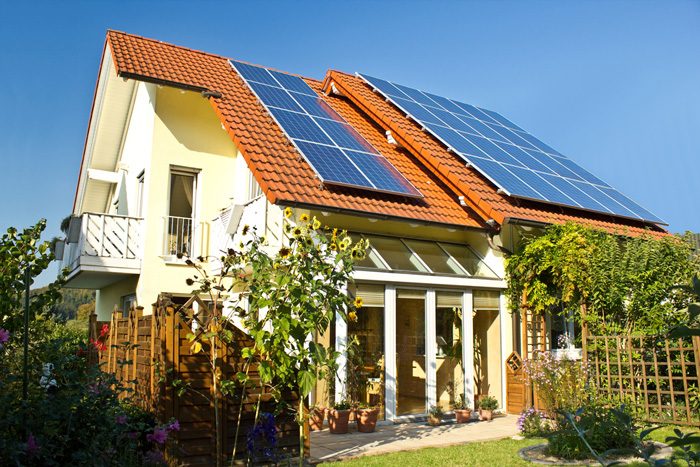
source: pinterest.com
High-performance windows and doors are essential in creating an energy-efficient home. They form a critical part of the home’s thermal envelope, reducing energy loss. Features like double or triple glazing, low-emissivity (low-E) coatings, and proper sealing significantly minimize heat transfer. These enhancements not only improve insulation but also reduce the burden on heating and cooling systems, leading to lower energy bills. By investing in these advanced window and door solutions, homeowners can achieve a comfortable, cost-effective, and environmentally friendly living space
5. Energy-Efficient Heating, Cooling, and Ventilation Systems
Selecting energy-efficient heating, cooling, and ventilation systems is crucial for an eco-friendly home. These systems should be properly sized to avoid energy wastage. Features like programmable thermostats and energy-efficient HVAC systems enhance efficiency, while heat recovery ventilators ensure fresh air circulation. Incorporating passive design elements, such as natural ventilation, further reduces reliance on mechanical systems. This careful selection not only lowers energy bills but also contributes to a comfortable and sustainable living environment, balancing modern technology with environmental responsibility.
6. Sustainable Building Materials
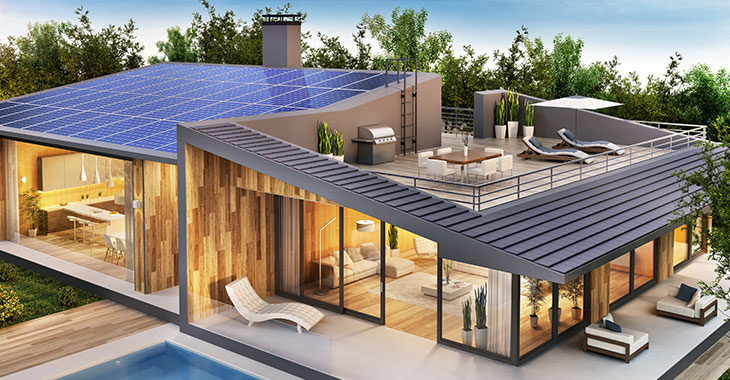
source: pinterest.com
Choosing sustainable building materials is key to constructing an energy-efficient home. Materials like reclaimed wood, recycled steel, and low-VOC products not only lessen environmental impact but also boost energy efficiency. Utilizing materials with good thermal mass, such as concrete or stone, helps to maintain stable indoor temperatures. This approach not only supports sustainability but also enhances the home’s overall energy performance. By prioritizing these eco-friendly materials, homeowners contribute to a greener future while enjoying a durable and thermally comfortable living space.
7. Integration of Renewable Energy Sources
Integrating renewable energy sources, such as solar panels or wind turbines, is a transformative step towards an energy-efficient home. These sources significantly reduce dependence on non-renewable energy, cutting down utility bills and environmental impact. Solar panels, in particular, have become more accessible and efficient, offering a practical option for many homeowners. Even partial integration can make a substantial difference, underscoring a commitment to sustainable living. This shift not only fosters energy independence but also aligns with global efforts towards a more sustainable future.
Conclusion
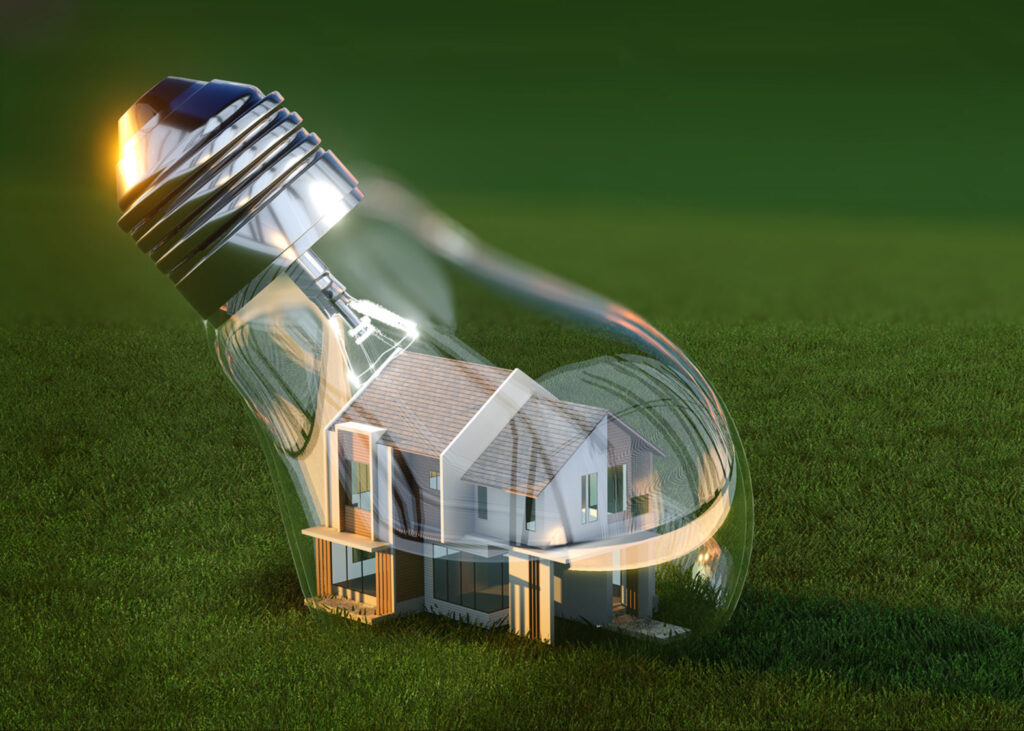
source: pinterest.com
Designing an energy-efficient home requires careful planning and consideration of various architectural elements. From the initial consultation with an energy solution provider to the integration of renewable energy sources, each step plays a vital role in creating a sustainable and cost-effective living space. By focusing on optimal orientation, effective insulation, high-performance windows and doors, efficient systems, sustainable materials, and renewable energy, homeowners can enjoy a comfortable, environmentally friendly home that stands the test of time. As the world moves towards a more sustainable future, these practices are not just beneficial; they are essential.

